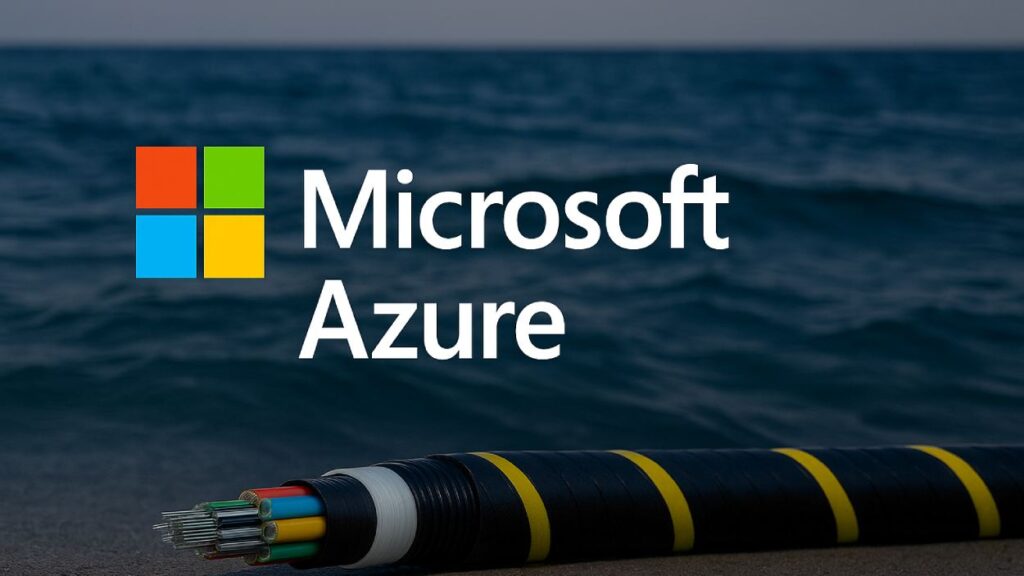Microsoft’s Azure cloud services faced disruption after several undersea cables were damaged in the Red Sea, impacting internet traffic across parts of the Middle East, Asia, and Europe.
TLDR:
- Microsoft Azure users experienced service delays due to undersea fiber cuts in the Red Sea
- Traffic through the Middle East was rerouted, with latency issues reported on Saturday
- Microsoft resolved the issue the same day, but repairs to cables may take longer
- Other countries, including India and Pakistan, also saw degraded internet connectivity
What Happened?
Microsoft confirmed that its Azure cloud platform was temporarily disrupted over the weekend following multiple undersea cable cuts in the Red Sea. The incident led to increased latency for users whose traffic was routed through the Middle East. By Saturday evening, Microsoft reported that the issue had been resolved
🚨NEWS: AZURE CLOUD HIT
— NIK (@ns123abc) September 6, 2025
Microsoft confirms multiple multiple subsea fiber cuts in the Red Sea
> disrupting global internet infrastructure
> Azure Cloud users are experiencing latency increases
> Middle East, Asia and Europe regions experiencing increased disruptions pic.twitter.com/x1ZAqSHYfH
Azure Impacted by Red Sea Cable Cuts
Microsoft issued a status update Saturday morning, stating that Azure traffic routed through the Middle East, as well as traffic ending in Asia or Europe, was experiencing delays. The company attributed the slowdown to “undersea fiber cuts” but did not specify the cause or identify any parties responsible.
By evening, Microsoft had successfully rerouted traffic through alternate paths, effectively restoring Azure services to normal. The tech giant also noted that “undersea fiber cuts can take time to repair” and that it would continue to monitor, rebalance, and optimize traffic routes to minimize customer impact.
Widespread Internet Disruptions Reported
The impact of the cuts extended beyond Microsoft. According to NetBlocks, the incident affected internet services in multiple countries, including India and Pakistan. These cuts were reportedly located in waters near Jeddah, Saudi Arabia, according to the Pakistan Telecommunication Company.
These undersea cables form the backbone of global internet infrastructure, transmitting vast amounts of data across continents. They can be damaged by natural causes, accidents like anchors dropped by ships, or even deliberate sabotage.
Not the First Incident
This isn’t the first time the Red Sea has been the center of such disruptions. In February 2024, several communication cables were cut in the region, causing widespread traffic issues between Asia and Europe. That event followed warnings from Yemen’s internationally recognized government, which alleged that the Iran-backed Houthi movement might target undersea infrastructure. The Houthis later denied any involvement.
Elsewhere, the Baltic Sea has seen similar incidents. Swedish authorities recently investigated a case where a ship was suspected of sabotaging cables linking to Latvia.
What TechKV Thinks?
Honestly, this shows just how fragile our global internet systems still are, despite all the modern cloud computing power behind platforms like Azure. One cable cut in the ocean and traffic across entire continents starts to lag. It’s impressive how fast Microsoft responded to reroute and restore service, but it also raises a red flag. Shouldn’t we be thinking about making these networks more resilient and less dependent on a few critical undersea lines? Events like these are a wake-up call for everyone in tech
